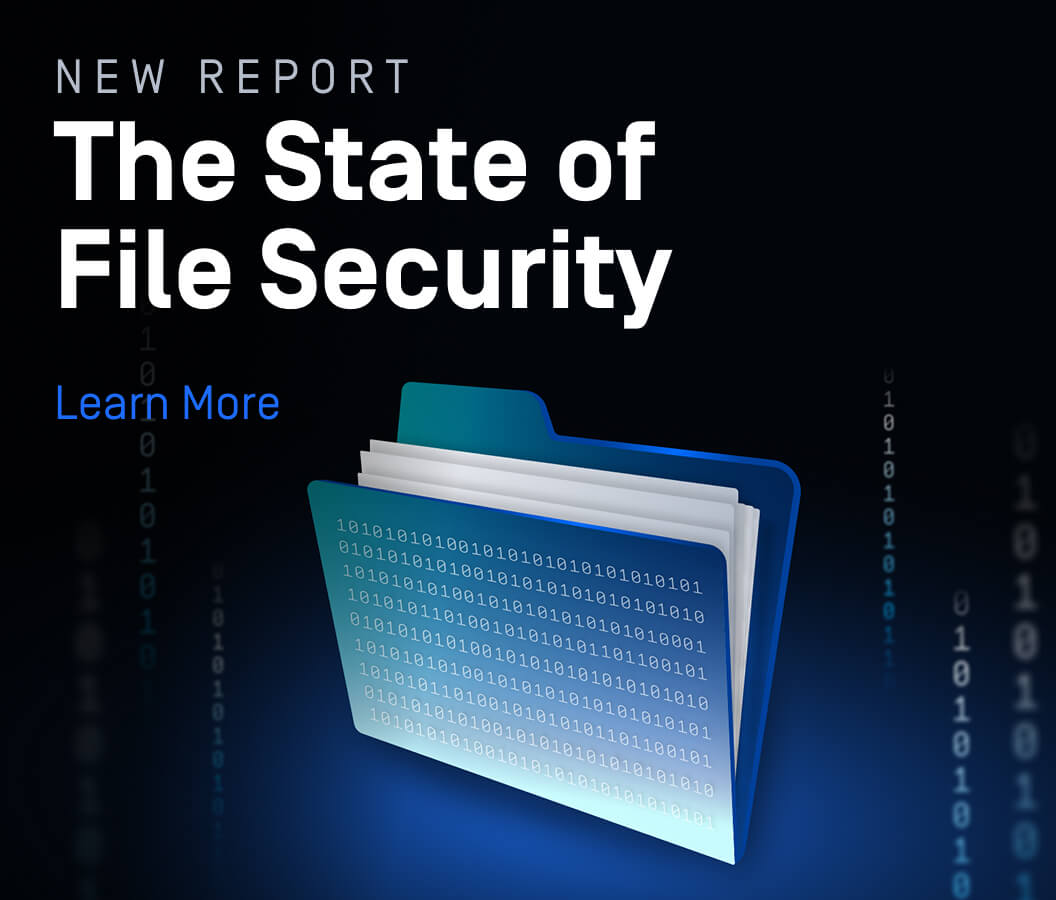During the action-packed week at Black Hat 2024, OPSWAT Founder and CEO Benny Czarny sat down with Dark Reading Editor Terry Sweeney to discuss critical advancements in cybersecurity - particularly in the areas of Content Disarm and Reconstruction (CDR), threat intelligence, and the growing concerns around AI-based attacks.
AI: A Double-Edged Sword in Cybersecurity
Artificial Intelligence (AI) has become a pivotal force in the cybersecurity landscape, playing dual roles as both a tool for attackers and a shield for defenders. Attackers are increasingly leveraging AI for sophisticated techniques like social engineering and the deployment of polymorphic malware, which continuously evolves to evade traditional detection methods. On the flip side, defenders are harnessing AI to enhance and accelerate threat detection and response.
In this interview, Benny Czarny discussed OPSWAT’s approach using CDR, which shifts away from traditional detection methods to a more proactive stance. CDR works by disarming potential threats and reconstructing safe content, effectively neutralizing AI-borne threats before they can cause harm. "We find CDR highly effective against AI-borne threats, as it regenerates the data flow, ensuring that what passes through is safe," Czarny explained.
Czarny outlined the three crucial stages of the CDR process:
1. File Identification
The first step is recognizing the file type—whether it’s a .jpeg, Word document, video file, or another format.
2. File Analysis
The next stage involves a deep analysis of the file to understand its structure, behavior, and any potential triggers that could be exploited by malware or other threats.
3. Sanitization and Reconstruction
Finally, the file is sanitized by removing malicious content and then reconstructed into a safe version, which can be securely stored or transmitted. The disarmed file is also valuable for feeding into a threat intelligence repository, further bolstering defenses.
Expanding Capabilities with InQuest
Another highlight of the interview was OPSWAT’s recent acquisition of InQuest, a leader in advanced network detection and response (NDR). InQuest is known for its sophisticated threat intelligence capabilities, particularly within the public sector. The acquisition will enhance OPSWAT’s ability to serve government customers with InQuest’s history of working with the US Department of Defense and other key agencies.
This strategic move not only expands OPSWAT’s product offerings but also reinforces its position as a leading provider of cybersecurity solutions for critical infrastructure—a sector where the stakes are incredibly high.
As Black Hat 2024 demonstrated, the cybersecurity landscape is evolving at an unprecedented pace. Companies like OPSWAT are at the forefront, developing solutions that not only address today’s challenges but also anticipate and counteract the threats on the horizon.
Want to learn more?

